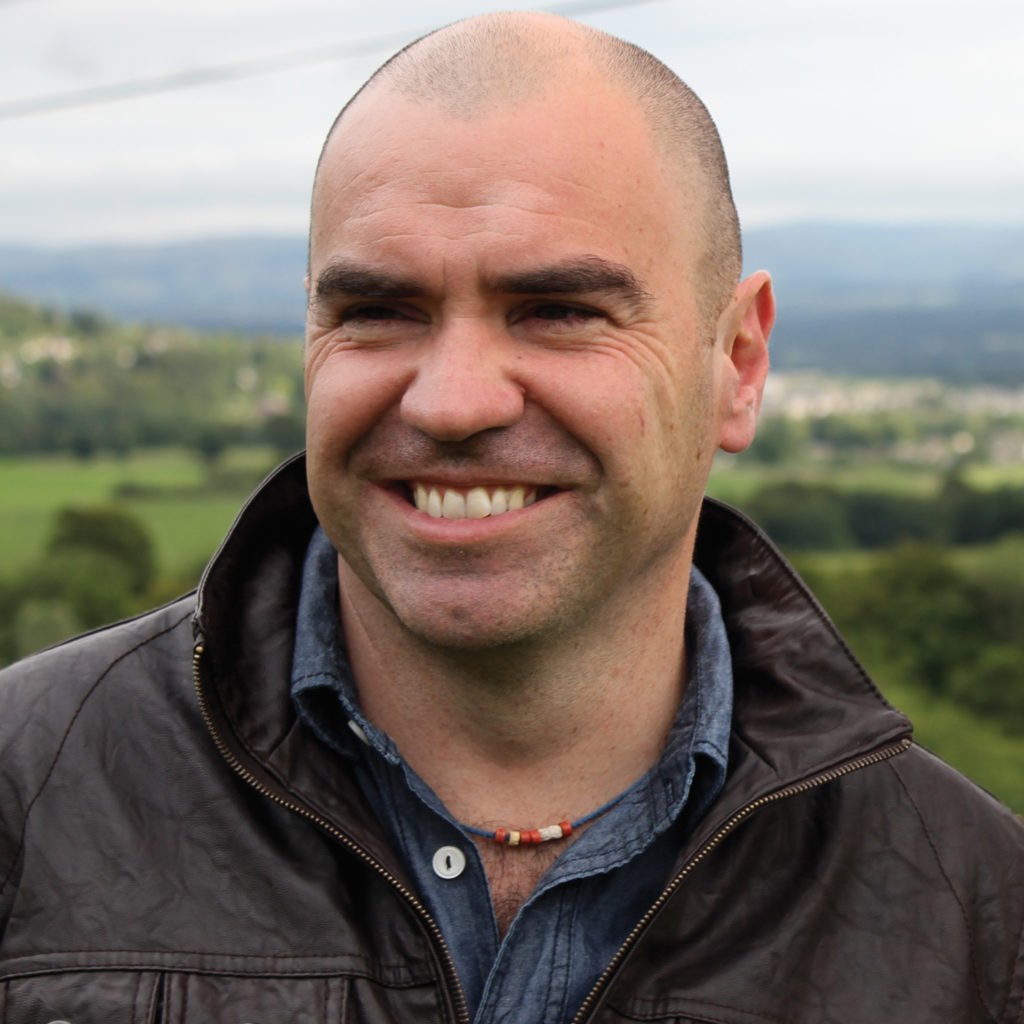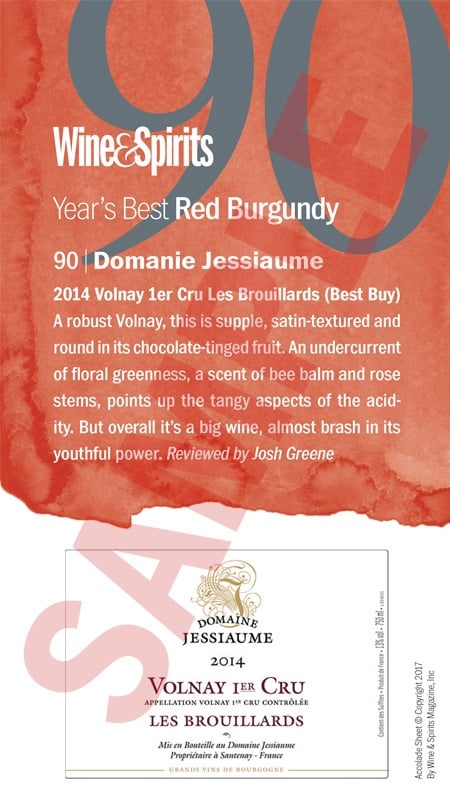Joshua Greene
Publisher & Editor
Editor and Publisher of Wine & Spirits since 1986, Joshua Greene began drinking wine with meals during a summer in Galicia, Spain, at the age of 13. In later years, he worked in wine shops in western Massachusetts and served as wine captain at Wheatleigh, a small inn in Lenox. After graduating from Princeton University in 1981, Greene pursued a career in magazines, focusing on the management of special-interest publications. His work with Wine & Spirits began on a consulting basis, eventually leading to his purchase of the magazine in 1989.
Greene has traveled extensively in the wine regions of Bordeaux, Burgundy, Champagne, Portugal, Italy, Spain, Australia, New Zealand, Chile, and all the major wine regions of the United States. In addition to his duties as editor and publisher, Greene serves as the critic for Napa Valley, Bordeaux, Burgundy, Champagne, Portugal, Rioja, Australia, New Zealand and South Africa. He also writes feature stories and commentary for each issue of the magazine.

















